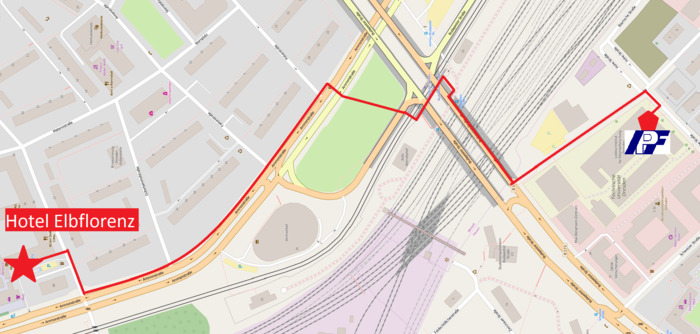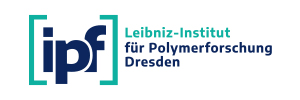Workshops
Venue for the two workshops:
Leibniz-Institut für Polymerforschung Dresden e.V. (IPF)Hohe Strasse 6, 01069 Dresden
no extra fee for students and registered FFF2016 participants
for anybody else EUR 150 for one workshop, or EUR 250 for the package of two workshop
Basics of FFF: Field-flow fractionation: Exciting perspectives for (bio-)polymer and nanoparticle separations
Saturday, May 21, 2016, 12:00 to 18:00
Speakers: Wim Kok (Amsterdam, The Netherlands), Harald Pasch (Stellenbosch, South Africa)
The first of the FFF workshops is dedicated to a comprehensive introduction to field flow fractionation (FFF) principles and techniques. Different subtechniques such as asymmetric, thermal and sedimentation FFF will be addressed, the instrumentation and suitable detector combinations will be described. From a materials’ point of view biopolymers (Wim Kok) and synthetic polymers (Harald Pasch) will be addressed. For novices in the field, the molecular heterogeneity of polymers will be discussed followed by a discussion on limitations of column-based fractionation techniques. The rather fundamental part of the workshop will be followed by discussing a variety of representative applications of FFF for the analysis of complex bio- and synthetic polymers. These applications include the molar mass/molecular size analysis, the chemical composition analysis, the analysis of molecular assemblies, emulsions, dispersions and polymer nanocomposites. Some ideas on using multiple detectors for size and chemical composition analysis will be presented.
FFF: A powerful tool for characterization of bioparticles and biomaterials for medical applications
Sunday, May 22, 2016, 10:00 to 16:00
Speakers: Serge Battu (Limoges, France), Myeong Hee Moon (Seoul, Korea)
The 2nd of the FFF workshops will focus on the characterization of biological materials including biomolecules and bioparticles using flow FFF (FlFFF) (Myeong Hee Moon) and sedimentation FFF (SdFFF) (Serge Battu). Fundamental principles and theoretical backgrounds of FlFFF and their variants such as asymmetrical FlFFF (AF4), hollow fiber FlFFF (HF5), and frit inlet AF4 (FIAF4) will be briefly introduced in the FlFFF session. Discussed topics are the FlFFF analysis of proteins, protein aggregated, cells, virus like particles, and etc. One of the important assets of FFF methods as analytical tools is their ability to generate fractions that can be utilized for the secondary analysis with additional characterization. The FlFFF fractions of biological materials can be utilized for proteomic and lipidomic analysis in conjunction with liquid chromatography and electrospray ionization mass spectrometry (LC-ESI-MS). In the SdFFF session, after a brief recall about fundamental principles, theoretical backgrounds and instrumentation of sedimentation FFF (Gravitational/GrFFF and Centrifugal FFF/SdFFF), the workshop will be focused on the analysis of the nanoparticles for biomedical and pharmaceutical applications, bacteria, parasites, starch particles,… and finally on cell sorting. As SdFFF is a rapid, safety, non-labeling and bio-compatible method, cellular fractions will be further characterized and used in many applications.
Directions to Hotel Elbflorenz (1 km, ca. 15 min)

- Leave the Leibniz Institute of Polymer Research Dresden (IPF) through the main entrance at Hohe Straße.
- Turn left, and then immediately left again. Follow Wielandstraße until you reach the bridge.
- Turn right and walk along the bridge until you get to a staircase on your right-hand side.
- Take the stairs and keep walking until a path forks off to the right, allowing you to cross the lawn on the right-hand side.
- Walk towards Ammonstraße (major road), turn left, and follow it to Rosenstraße. If you can see the glass tower of the World Trade Center Dresden, you know that you're on the right track. If you're standing right next to it, you've walked too far.
- Turn right into Rosenstraße and walk past the first building to the left.
- The hotel is located in a yellow building on the left-hand side.

